Setouchi Triennale
The Setouchi Triennale is a contemporary art festival held every three years on several islands in the Seto Inland Sea of Japan and the coastal cities of Takamatsu and Tamano. The festival was set up in 2010 with the aim of revitalizing the Seto Inland Sea area, which has suffered from depopulation in recent years.[1] The festival features over 150 artworks by artists from both Japan and overseas, many of whom make use of abandoned homes to host or even become their art installations.[2] The Triennale lasts for eight months with three main sessions; the spring session runs from March to mid-April, the summer session runs from mid-July to early September, and the autumn session runs from October to early November.[3][4]
While several of the museums and installations are permanent exhibitions, many of the smaller islands offer temporary exhibitions limited to a single session.
Participating Islands and Cities
Each year, the following 12 islands and two coastal cities participate in the Triennale.
| Place name | Sessions[5] | Summary/Refs | |
|---|---|---|---|
| Naoshima | Spring, summer, and autumn | Naoshima is home to the Benesse Art Site, and hosts the most museums of all participating islands. Permanent exhibits include the Chichu Art Museum,[6] Benesse House Museum, and the Art House Project. | 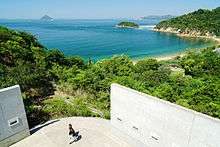 Benesse Art Site Naoshima |
| Teshima | Spring, summer, and autumn | Permanent exhibitions include the Teshima Art Museum and the Teshima Yokoo House. | Teshima Art Museum |
| Megijima | Spring, summer, and autumn | In addition to permanent and temporary installations, several exhibitions at Megijima during the festival make use of the natural "Ogre's Caves" at the top of the island. | Contemporary art on Megijima |
| Ogijima | Spring, summer, and autumn | Art project in Ogijima | |
| Shodoshima | Spring, summer, and autumn | 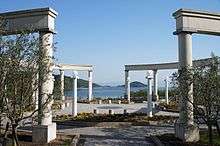 Olive Park in Shodoshima | |
| Oshima | Spring, summer, and autumn | Oshima is home to the Art for the Hospital Project, which uses art to capture the experiences of people who have recovered from Hansen's disease. | |
| Inujima | Spring, summer, and autumn | The Inujima House Project is a number of independent exhibitions that are within walking distance of each other. | 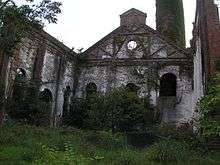 The old refinery, one of the renovation projects |
| Shamijima | Spring only | Once an island, Shamijima has now been connected to the larger island of Shikoku. The art installations on Shamijima are on the part of the land that used to be an island. | |
| Honjima | Spring only | Honjima is home to the historical district of Kasashima, and as such several of the exhibitions on this island have a historical theme. | |
| Takamijima | Autumn only | ||
| Awashima | Autumn only | Most of the art projects on Awashima are based around the Marine Memorial Awashima. | 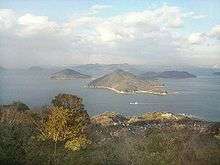 Awashima Island |
| Ibukijima | Autumn only |  Ibukijima as seen from above the Zenigata Sand Sculpture in Kan'onji | |
| Takamatsu | Spring, summer, and autumn | Takamatsu is the main hub of the Setouchi Triennale, with many of the ferries to the islands departing from Takamatsu Port. It also holds several temporary exhibitions of its own. | 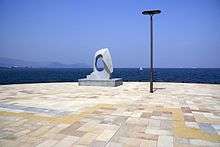 Art installation at Takamatsu Port |
| Uno Port (Tamano City) | Spring, summer, and autumn | Uno Port is another main gateway to the islands of the Inland Sea. It features several sculptures to celebrate the art festival. | |
Resources
- "Setouchi Triennale 2016". Setouchi Artfest. Retrieved 20 October 2016.
References
- "Setouchi Artfest". Setouchi Artfest. Retrieved 20 October 2016.
- "Setouchi Artfest". Retrieved 20 October 2016.
- "Setouchi Artfest". Japan-guide. Retrieved 20 October 2016.
- "Benesse Art Site". Benesse. Retrieved 20 October 2016.
- "Setouchi Artfest". Japan-guide. Retrieved 20 October 2016.
- "Chichu Art Museum". Benesse. Retrieved 13 October 2016.
External links
- Setouchi Art Festival
- I Love Setouchi - Setouchi Brand